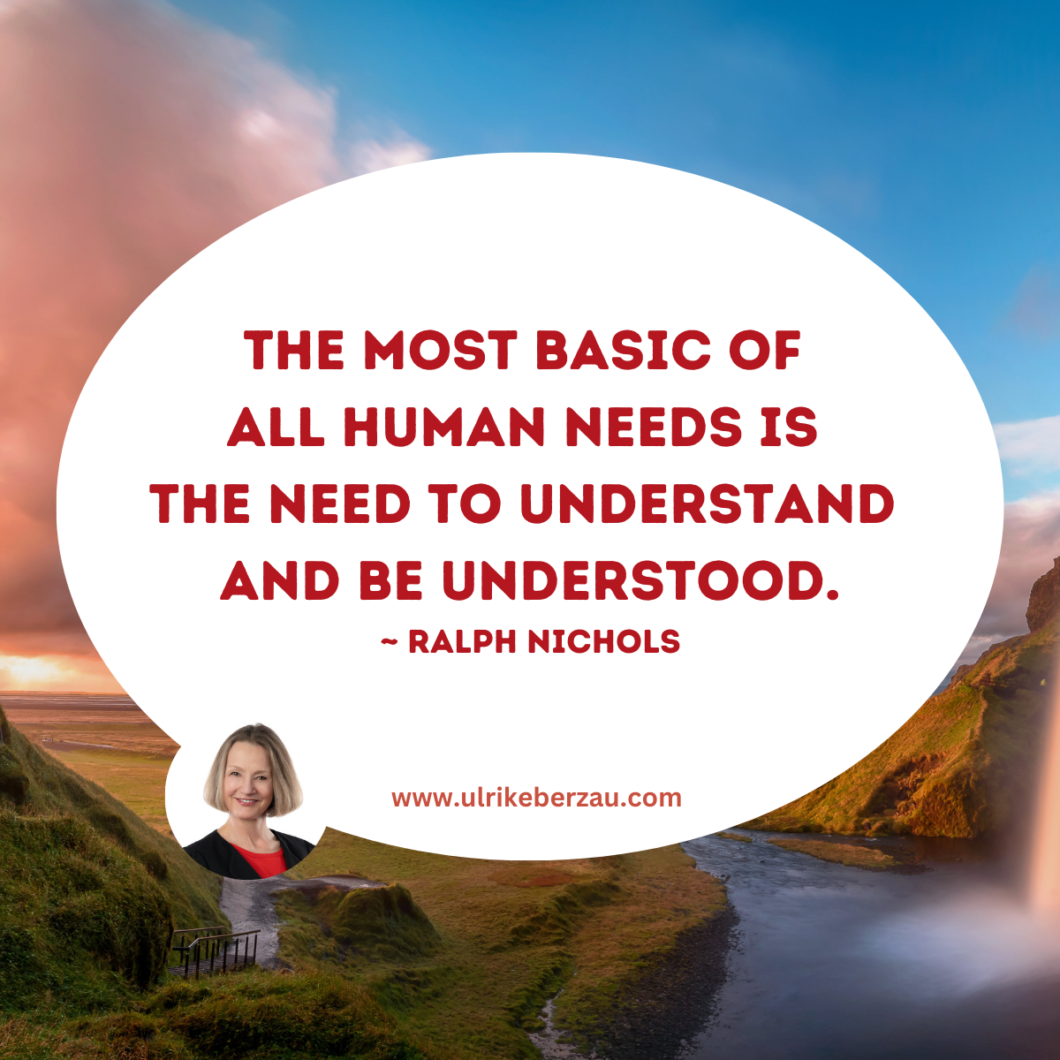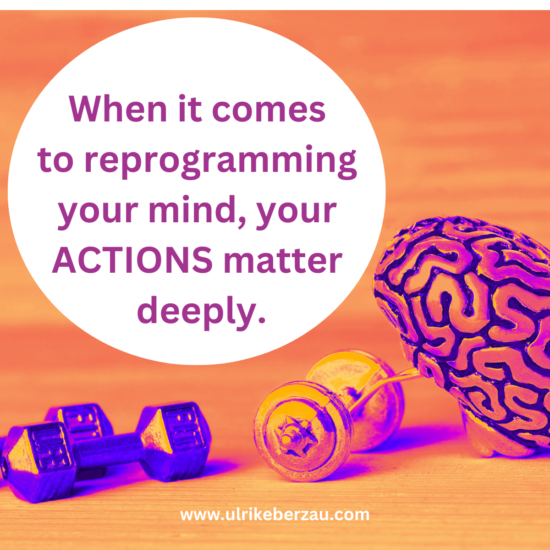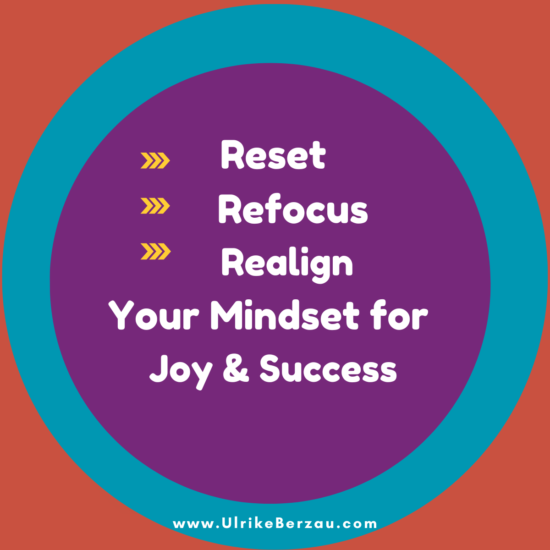Today, where time is precious and digital interactions often overshadow face-to-face conversations, meaningful connections have become more vital than ever.
Meaningful connections are the foundation of strong and positive relationships – personally and professionally.
As Nichols says, we want to understand and be understood. That includes feeling truly heard and seen.
Here are some strategies to help you build deeper, more substantial interactions and ensure that the people you interact with feel heard and seen.
Respond from the Present, Not from Your Story
One of the communication keys to fulfilling interactions is responding from the present moment rather than from preconceived notions or past experiences. Often, our responses are filtered through our personal narratives, which can cloud our perception of the current conversation. To connect deeply, it’s essential to:
- Let Go of Assumptions: Approach each interaction with a fresh perspective, free from the biases and stories you’ve built over time.
- Stay Curious: Ask open-ended questions encouraging the other person to share their thoughts and feelings more. This shows that you value their input and are interested in their unique perspective.
- Focus on the Here and Now: Pay attention to what the person is saying in the moment rather than thinking about what you’ll say next or how their words relate to your own experiences.
Listening is about being present, not just about being quiet. ~ Sharon Salzberg
Awareness of What Happens in the Present Moment
Being aware of the present moment is crucial to make the other person feel heard and seen. A mindful and empathetic approach allows you to engage with the person in front of you fully. To cultivate present-moment awareness:
- Practice Mindfulness: Engage in regular mindfulness practices such as meditation or deep breathing exercises to enhance your ability to stay present.
- Observe Without Judgment: Notice the person’s body language, tone of voice, and facial expressions without jumping to conclusions. This non-judgmental awareness helps you understand their emotions and respond empathetically.
- Empathetic Engagement: Show empathy by acknowledging the person’s feelings and experiences. Sometimes, just listening is more than giving well-meant advice.
Body language is a universal language. -Mark Twain
Develop Connection: Be Versus Do
In our quest to develop meaningful connections, it’s essential to focus on being rather than doing. Being fully present and authentic is far more powerful than simply performing actions to connect. To embrace this mindset:
- Authenticity: Be yourself. Authenticity fosters trust and encourages others to be open and genuine in return.
- Presence Over Performance: Instead of worrying about saying the right thing or impressing the other person, focus on being fully present. This genuine presence often speaks louder than words.
- Quality Time: Prioritize quality over quantity in your interactions. Even a short, meaningful conversation can leave a lasting impact if both parties are fully engaged.
The most important thing in communication is hearing what isn’t said. -Peter Drucker
And here is one more strategy that can change the whole conversation and relationship. Let the other person know you hear and understand their view by saying affirmative words, for example:
“You’re right.”
“Yes” … “Of course.”
“Definitely.”
Even though you might disagree with them, affirming their view puts the other person at ease and opens their mind to a constructive conversation.
The above strategies will help you to develop and deepen your connections by responding from the present moment, being aware of the here and now and focusing on being rather than doing.
Remember, the goal is to make the other person feel heard and seen, fostering a sense of trust and mutual understanding that forms the foundation of rewarding interactions and relationships.



